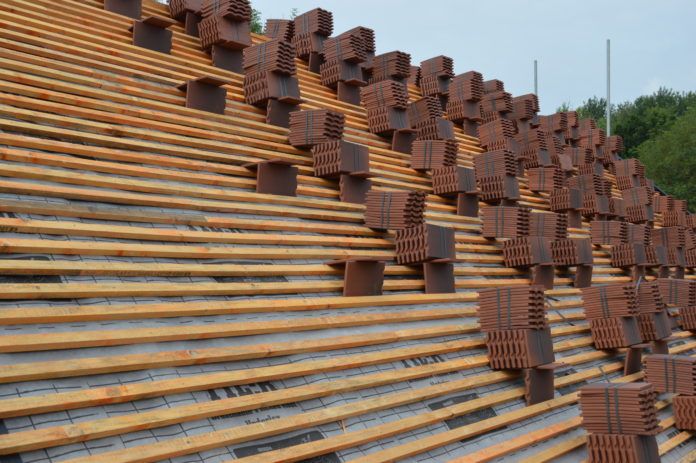As we step into a new decade, I look back at the last one and reflect on the seismic change that happened to the roofing industry, with the introduction of British Standard BS 5534:2014 in 2014, and then the revised BS 5534:2014 + A2:2018 in 2018. I can’t help but ask myself if it was worth it.
The reason for the question comes from a place of deep frustration – particularly over the last year or so.
Brexit preparation
Last March was the original deadline for the UK leaving the EU, and in the rush to get ready for Brexit, the roofing sector saw a massive influx of materials to be stockpiled – including roofing batten. The problem was that much of the batten I saw was not very good and certainly didn’t meet the British Standard.
The UK market was flooded with it – and importers of the substandard batten weren’t simply going to put their hands up and admit they were pulling a fast one. Driven by too good to be true pricing, a lot of this batten found its way into the industry supply chain and onto roofs.
So, what was the point of having standards in place if the rules were at best bent or at worst flagrantly broken?
I think we have to chalk this one up to exceptional circumstances – and Brexit certainly qualifies as that – but it can’t happen again because BS 5534:2014 + A2:2018 set standards for the roofing industry that shouldn’t be diminished. These are not just standards in quality and best practice; they also underpin wider issues such as health and safety, working at height and duty of care.
The 2014 standard essentially covers four key areas – fixing specifications, underlay, mortar and timber roofing batten – and was amended in 2018 to address standards for dry fix roofing products and systems, in response to issues of product quality and installation.
It’s a good standard – made better based on industry feedback that keeps refining it – and it certainly helps responsible suppliers to keep playing by the rules. In the case of SR Timber, we will not waver from the high standards we set for ourselves in producing batten – such as our flagship Premium Gold, which gives roofing contractors complete peace of mind that it is compliant with the British Standard.
Maintaining standards
You will always be able to spot Gold, not just because of its distinctive colour, but because of the markings on the batten – as some of the rogue batten I came across didn’t have any. The stampings encapsulate adherence to standards throughout the supply chain journey. This covers forestry management in the Baltics where felled trees are then transported to sawmills and the cut logs are sawn to different batten sizes and lengths. They are then treated and graded to check compliance with the British Standard – ready to be transported to the UK.
The stamping can be on the side (edge) or the face, and there should be five pieces of information stamped on the side of every length of batten, giving contractors key information.
In order from left to right, the markings are as follows:
Q – Certification such as the Q Mark, denoting independently assessed third-party quality assurance, shows that the grading, preservative treatment, product marking and management processes have all been independently audited and verified by a good third-party body, in our case, UK Accreditation Service (UKAS) accredited.
TX TTB-012 – TX is the sawmill identification mark. TTB-012 is the certificate number for the Q Mark issued by BM Trada.
GRADED BS 5534 – The batten must have been pre-graded to the British Standard.
WPPA – The species code of the timber, WPPA, refers to pine and spruce – which is a mixed species code.
25×50 – The dimensions of the batten in millimetres. The other standard size is 25 mm x 38 mm.
It’s always useful to keep reminding the industry what the stampings mean on the batten because it encourages roofing contractors to be vigilant about the materials they are using – especially in light of what has happened over the last 12 months.
In the roofing sector, everyone is coming together and playing their part to support and uphold standards because BS 5534:2014 + A2:2018 is still worth it. And yes, roofing standards still matter because I dread to think what would happen if the rogue suppliers prevail.




